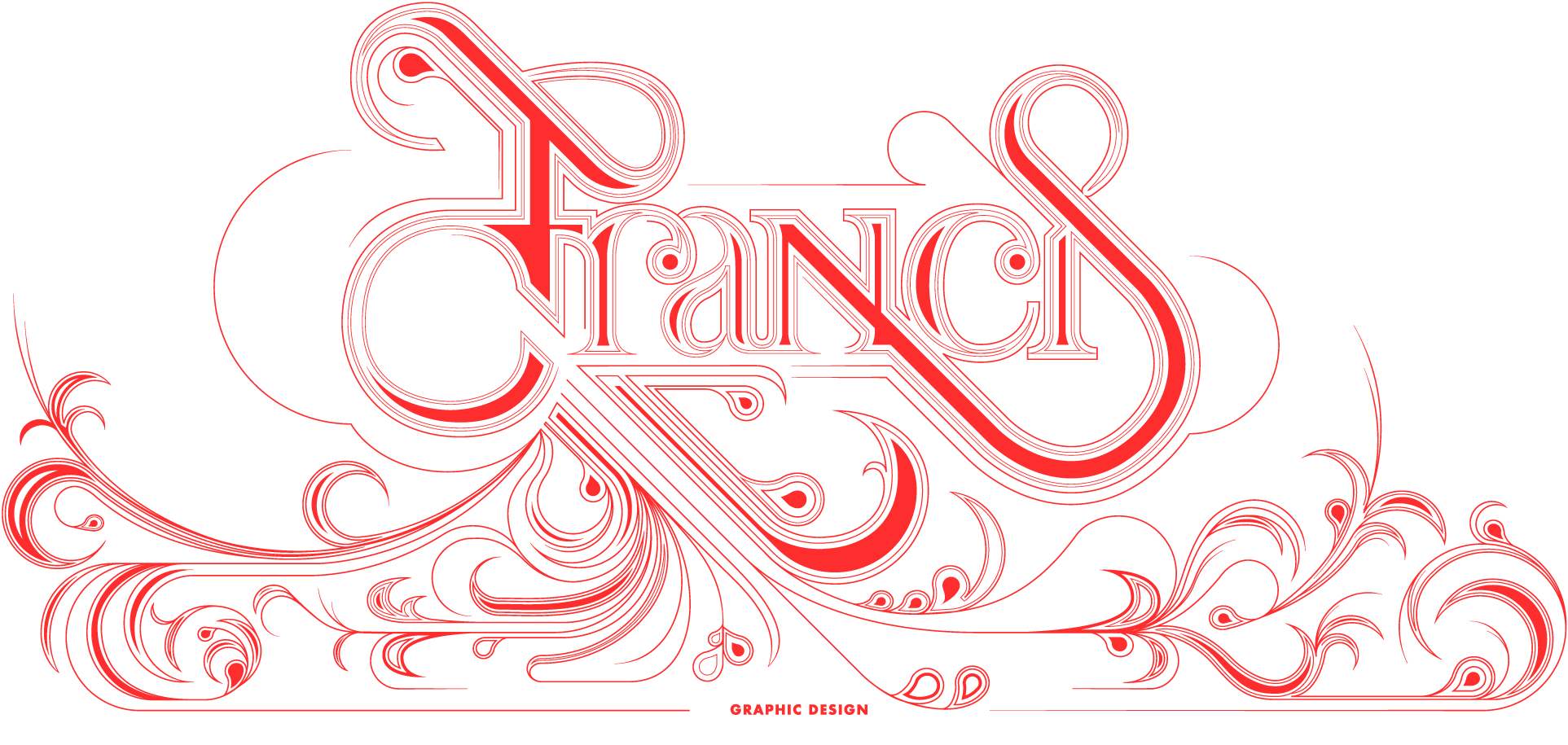Analog + AI-free since 2017.
Graphic design for outcasts, oddballs, and rebels.

Francis is a graphic design studio that believes in the power of human intelligence.
With 25+ years of experience in design, Francis is a real person who takes their time and uses critical thinking to solve your problem.
With 25+ years of experience in design, Francis is a real person who takes their time and uses critical thinking to solve your problem.